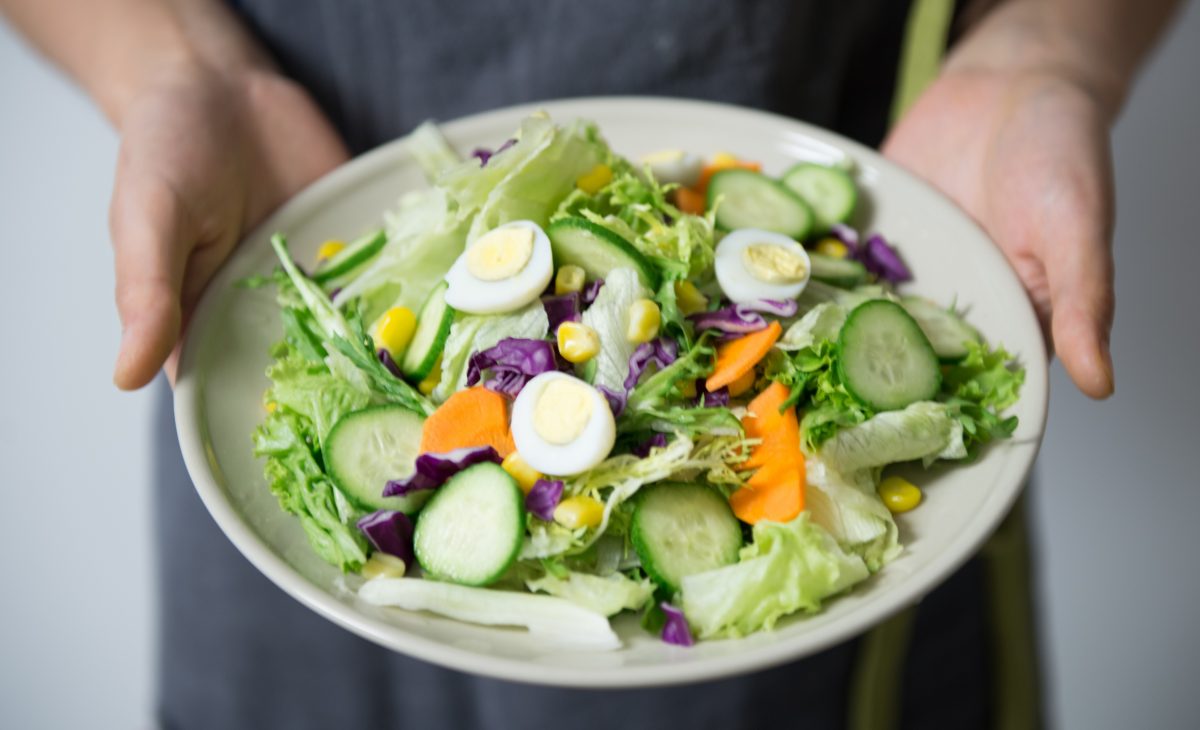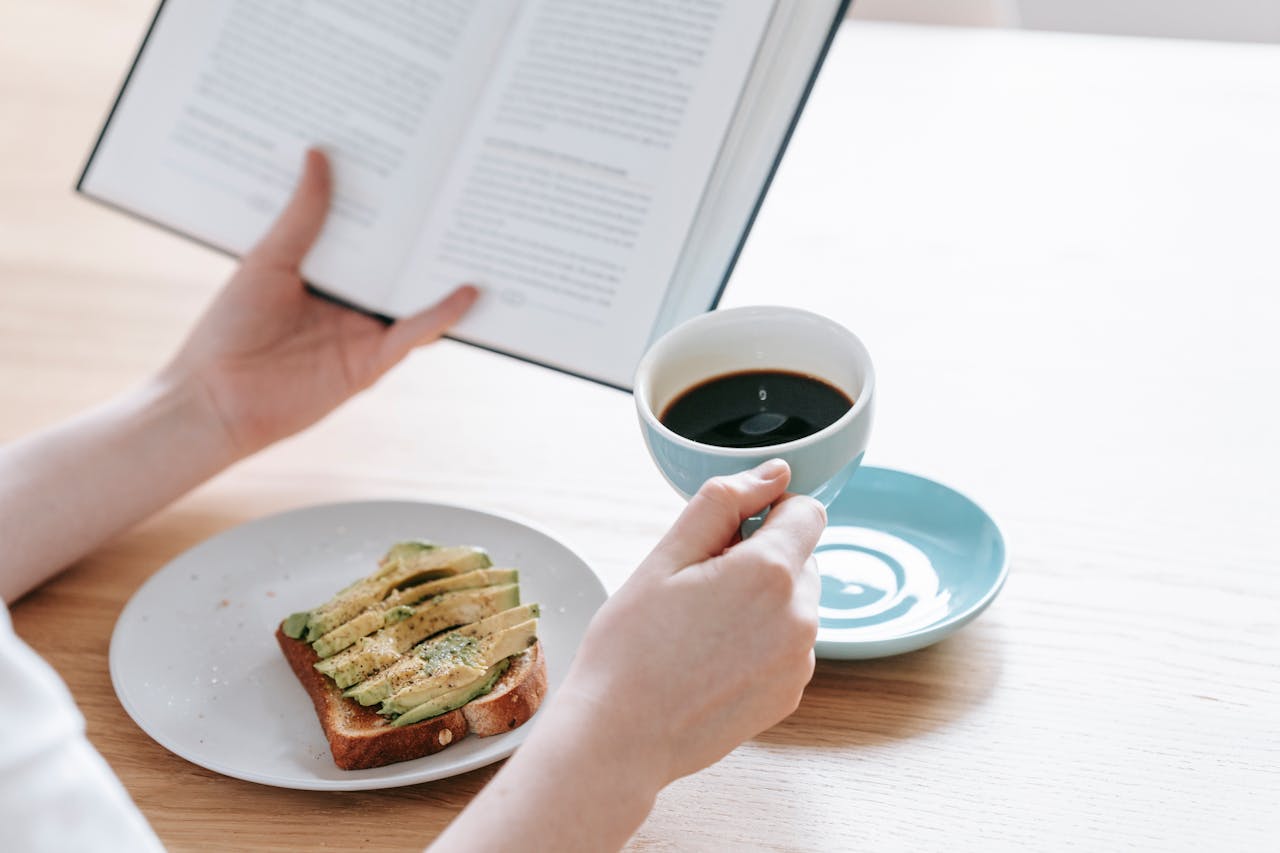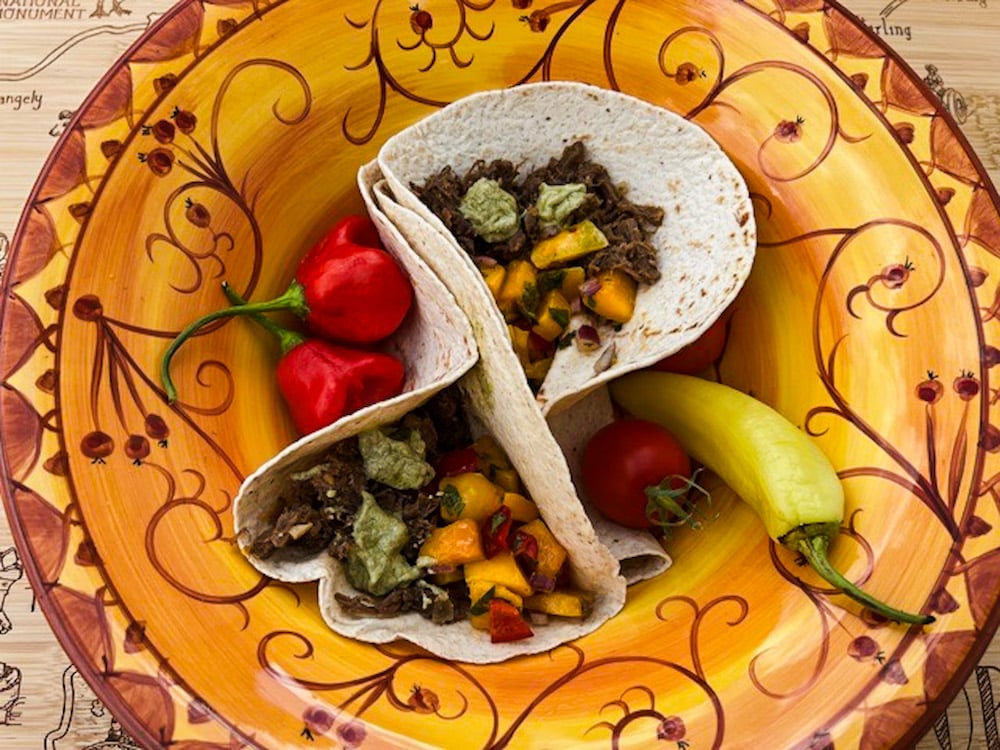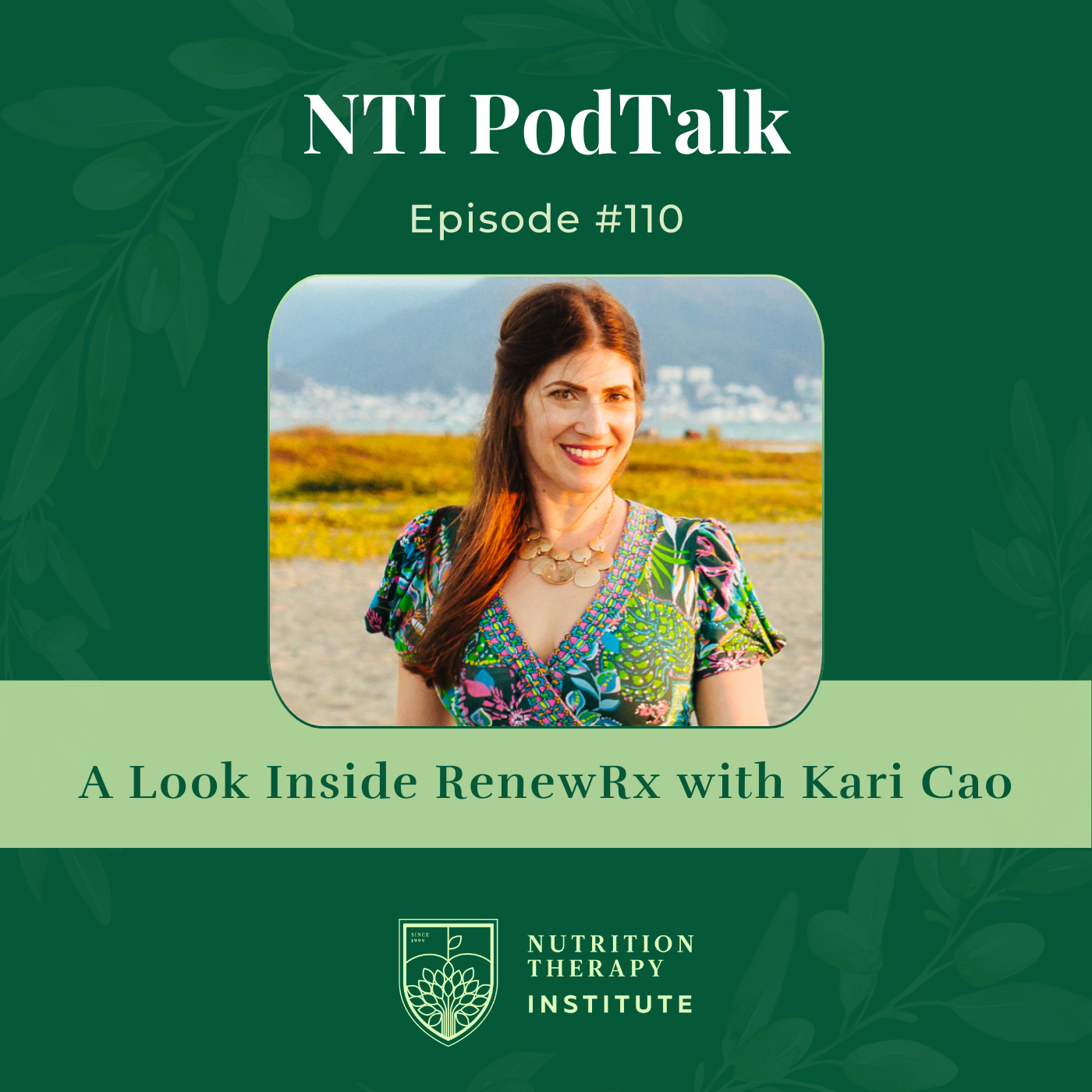
Share this post!
An Interview with Dr. Nirala Jacobi, ND (Part 2 of 2)
This article is part 2 of an interview with Dr. Nirala Jacobi, ND. Dr. Jacobi is the developer of the SIBO Bi-Phasic Diet and the founder of The SIBO Doctor educational website. In part 1 of this interview, we discussed the story behind the SIBO Bi-Phasic Diet and the fundamentals of how the diet works. You can read part 1 here.
Sarah Cook: Dr. Jacobi, since first developing the Original SIBO Bi-Phasic Diet, you have released other versions. How many variations of the diet are there?
Nirala Jacobi: The Original Bi-Phasic Diet is the most widely used. Many thousands of practitioners around the globe have used this diet with their patients and seen excellent results. There are also two additional versions: The Vegetarian Bi-Phasic Diet and The Histamine Bi-Phasic Diet.
The Original SIBO Bi-Phasic Diet begins with mostly meat and vegetables during Phase 1. When we adjusted the diet to accommodate vegetarians and vegans, we didn’t just eliminate the meat. We put a lot of care and attention into developing a diet that would be nutrient-dense and palatable for vegetarians. It includes eggs, tofu, and tempeh as protein sources during Phase 1. It also includes a variety of soaked or sprouted legumes and grains during Phase 1. The download for the Vegetarian Bi-Phasic Diet has some delicious recipes as well as instructions on soaking and sprouting.
The Histamine Bi-Phasic Diet is specifically designed for people with histamine intolerance, but it’s also useful for people with other food intolerances. It eliminates foods that are high in histamine and also histamine-liberating foods. It’s meant to be followed for 2-4 weeks but ideally not longer than that. Sometimes people feel so good when they go on the Histamine Bi-Phasic Diet that they don’t want to go off of it. I’ve seen people with histamine intolerance get astounding results with this diet, with their symptoms all resolving in a matter of days. But the diet is restrictive, and I recommend they transition back to the original Bi-Phasic diet.
Cook: How do you decide which version of the SIBO Bi-Phasic Diet to recommend?
Jacobi: Most patients start with the Original SIBO Bi-Phasic Diet. We opt for the vegetarian version if they are opposed to eating meat. The other reason to use the Vegetarian Bi-Phasic Diet is when people are constipated. The original diet contains a lot of meat, which can be constipating. If that’s a concern, we can mix and match the diets.
I recommend the Histamine Bi-Phasic diet if I suspect that a person has histamine intolerance. Histamine is a substance that is produced in the body but is also present in foods. In people who have SIBO, histamine intolerance can occur because of the depletion of the histamine-digesting enzyme, yeast overgrowth, or the prevalence of histamine-producing bacteria.
Some of the signs of histamine intolerance include runny nose, itchy eyes, sneezing, hives, joint pain, anxiety, or insomnia. These symptoms don’t always mean histamine intolerance, but if they do, the Histamine Bi-Phasic Diet can be miraculous. As SIBO improves, the sensitivity to histamine usually also declines. That’s why we only use the Histamine Bi-Phasic for a short period of time and then transition to the original diet.
Cook: Are there any nutritional supplements you recommend during Phase 1 of the diet?
Jacobi: Phase 1 is when we reduce the exposure to fermentable starches and begin to repair the digestion. Digestive bitters are a nice way to gently reset normal digestion. Bitters are herbs that stimulate the parietal cells of the stomach to produce hydrochloric acid and stimulate bile flow. That means improved digestion of proteins and fats.
Many of my patients with SIBO also have leaky gut, so I would consider supplements to support the integrity of the gut lining. Many people will benefit from l-glutamine or zinc carnosine. Be very careful if you are choosing a combination product because many of them contain herbs like Slippery Elm or Marshmallow. These are demulcent herbs that support the gut lining, but they can also be fermentable, which is problematic for people with SIBO.
Another consideration for people with SIBO is nutrient supplementation for vitamins and minerals that may have become depleted because of damaged digestion. The top three to consider are vitamin B12, magnesium, and trace minerals. I also have a word of caution here. The overgrowth of bacteria can disrupt iron metabolism as well as B vitamins. However, supplementing these can sometimes lead to an aggravation of symptoms. Use caution and be sure to work closely with a qualified healthcare provider.
Cook: What about during Phase 2? Should nutritional supplementation change at that point?
Jacobi: Phase 2 of the diet is when we transition the overall strategy to eliminating the bacterial overgrowth. This is when a healthcare practitioner will prescribe an antibiotic or recommend antimicrobial herbs. How to do that is beyond the scope of what we can talk about here and really requires more advanced training. I teach practitioners how to do all of these in my online training course, The SIBO Mastery Program.
In addition to antimicrobials, we can continue supplementation to repair the gut during Phase 2. It’s fine to continue the types of things that I talked about using during Phase 1. I also consider adding in pancreatic enzymes as well as brush border enzymes. Brush border enzymes are specialty compounds, like maltase, isomaltase, alpha-galactosidase, and Dipeptidyl Dipeptide 4 (DPP4). I’d also consider more support for bile flow, like ox bile or herbs.
Cook: I know you aren’t going into the antimicrobial treatment of SIBO, but a lot of people who are going through treatment worry about “die-off” as they start to kill the bacteria. Do you have any tips on how to avoid this?
Jacobi: Some people struggle with die-off or detox reactions or what we call the Herxheimer reaction. I recommend doing anything you can to support healthy detoxification. Drink lots of water throughout the day. Encourage sweating by exercising or using a sauna. Encourage circulation by getting a hydrotherapy treatment. Vitamin C can support healthy detoxification pathways, and activated charcoal can bind to toxins in the gut for elimination. All of these things can help to minimize any discomfort as the bacteria are dying off.
Cook: A lot of our readers are nutrition therapists or students of nutrition therapy. Do you have any last words of advice for them about the SIBO Bi-Phasic Diet?
Jacobi: The SIBO Bi-Phasic Diet was never intended as a stand-alone therapy. Diet will not eradicate SIBO. The diet is a supportive measure that helps people get faster relief from their symptoms and manage their symptoms as they go through treatment.
The most effective way to utilize the SIBO Bi-Phasic diet is to combine it with a 3-part protocol. That includes the diet + antimicrobials + digestive support. The other thing to consider is underlying causes and accompanying conditions. The only way to eradicate SIBO for good and prevent relapse is to address the underlying cause.
I teach practitioners my comprehensive SIBO protocol and all the nuances of treating SIBO in The SIBO Mastery Program, which is online and available to all practitioners. I also have many free resources at The SIBO Doctor for students of nutrition to begin learning.
The biggest thing that I want any nutrition therapists who might be reading this to know is that there is a huge demand for practitioners who are proficient in treating SIBO. More and more people are developing SIBO and other functional gut disorders. Many of them are not able to find the right practitioners to help them. I am on a mission to educate as many practitioners as I can so that the millions of people who have SIBO can finally get the relief they are desperate for.

You can learn more about Dr. Nirala Jacobi and download the SIBO Bi-Phasic Diet at thesibodoctor.com.
About the Author
Sarah Cook, ND, is an instructor at the Nutrition Therapy Institute. She is also the owner of ND Pen, providing branding, copywriting, and website design services for integrative healthcare practitioners. Connect with Sarah at www.ndpen.com.
Image: Image by Buenosia Carol is free for use by Pexels
Share this post!




















